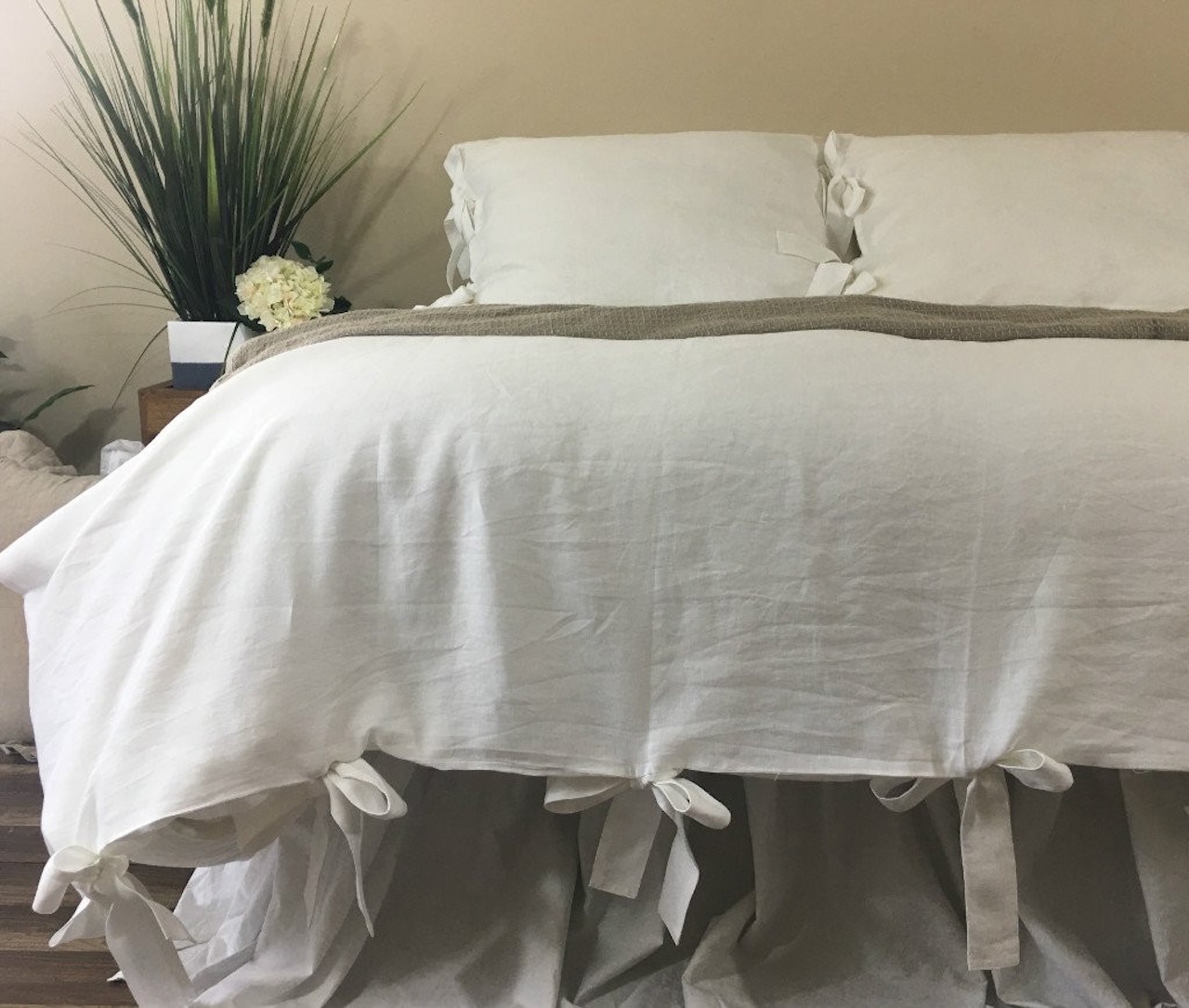

Articles
How To Keep A Duvet In Place
Modified: February 24, 2024
Discover effective strategies and helpful articles on how to keep a duvet in place. Ensure a comfortable and well-made bed with these expert tips.
(Many of the links in this article redirect to a specific reviewed product. Your purchase of these products through affiliate links helps to generate commission for Storables.com, at no extra cost. Learn more)
Introduction
Keeping a duvet in place is a common challenge that many people face. There’s nothing more frustrating than waking up in the middle of the night to find that your duvet has slipped off or bunched up, leaving you shivering with cold. Not only does this disturb your sleep, but it also adds unnecessary hassle to your daily routine. However, there are several effective methods that can help you keep your duvet firmly in place, ensuring a cozy and uninterrupted night’s sleep.
In this article, we will explore different techniques and products that can help you maintain your duvet’s position on the bed. Whether you’re a restless sleeper, have pets that love to play on the bed, or simply want to add some stability to your bedding, we’ve got you covered. Say goodbye to the hassle of constantly readjusting your duvet, and say hello to a peaceful sleep experience.
Before we dive into the various methods, let’s take a moment to understand why it is important to keep your duvet in place. Besides the obvious inconvenience of a duvet that won’t stay put, there are a few key reasons why you should prioritize keeping your duvet in place:
- Comfort: A duvet that is constantly shifting or bunching up can disrupt your sleep and make it difficult to find a comfortable position.
- Appearance: A neatly made bed with a duvet that stays in place adds to the overall aesthetic appeal of your bedroom.
- Hygiene: A duvet that moves around can expose your sheets and mattress to dirt, dust, and allergens, potentially affecting your sleep quality and overall health.
- Longevity: Regularly adjusting and tugging on a duvet can cause it to wear out faster, reducing its lifespan. Keeping it in place helps maintain its quality and durability.
Now that we understand why it’s important to keep a duvet in place, let’s explore the different methods you can use to achieve this. From duvet clips and straps to duvet covers with corner ties and innovative fastening mechanisms, there is a solution for everyone’s unique needs and preferences.
Key Takeaways:
- Say goodbye to duvet frustrations with these 9 creative solutions, from duvet clips to elastic bands, ensuring a cozy and undisturbed sleep experience.
- Enhance comfort, sleep quality, and aesthetics with practical methods like duvet straps and zipper closures, keeping your duvet securely in place.
Read more: How To Keep Curtains In Place
Why is it important to keep a duvet in place?
Keeping a duvet in place may seem like a small concern, but it can have a significant impact on your sleeping experience and overall comfort. Here are some key reasons why it is important to keep your duvet securely in place:
1. Enhanced Comfort: A duvet that stays in place throughout the night ensures a more comfortable sleep. When your duvet is constantly shifting or bunching up, it can create uneven spots of warmth or leave you exposed to cold drafts. By keeping your duvet properly aligned and secure, you can enjoy consistent warmth and comfort throughout the night.
2. Better Sleep Quality: Sleep disruptions can have a negative impact on your sleep quality. Waking up to adjust your duvet interrupts your sleep cycle and can make it harder to fall back asleep. By keeping your duvet in place, you can minimize disruptions and improve your sleep quality, allowing you to wake up feeling refreshed and well-rested.
3. Aesthetically Pleasing Bedding: An important aspect of bedroom decor is having an aesthetically pleasing bed. A duvet that is neatly tucked in and stays in place adds to the overall visual appeal of your bedroom. It gives your bed a polished and well-put-together look, creating a sense of order and cleanliness.
4. Hygiene and Allergies: A duvet that shifts and exposes your sheets or mattress can lead to the accumulation of dirt, dust, and allergens. This can trigger allergies, asthma, or other respiratory issues, compromising your sleep quality and overall health. Keeping your duvet in place helps maintain a clean and hygienic sleeping environment.
5. Durability and Longevity: Regularly adjusting and tugging on your duvet can cause it to wear out faster. Over time, this can lead to frayed fabric, loose filling, or uneven distribution of warmth. By keeping your duvet in place, you minimize unnecessary wear and tear, helping to prolong its lifespan.
Overall, keeping your duvet in place is essential for a comfortable and uninterrupted sleep. It not only enhances your sleep quality but also contributes to the overall aesthetic appeal of your bedroom. Plus, it helps maintain a clean and hygienic sleeping environment while preserving the longevity of your duvet. Now that we understand the importance, let’s explore various methods that can help keep your duvet securely in place.
Different methods to keep a duvet in place
When it comes to keeping your duvet in place, there are various methods and products available to suit different preferences and needs. Here are some effective ways to ensure your duvet stays securely in place:
- Use duvet clips or fasteners: Duvet clips or fasteners are small devices that are designed to hold the corners of your duvet in place. They usually consist of a clip or clasp that attaches to the corners of the duvet and straps that go underneath the mattress. This method is simple yet effective in preventing your duvet from shifting or bunching up.
- Attach duvet straps or ties: Duvet straps or ties are another popular option to keep your duvet in place. These straps or ties can be attached to the corners or sides of the duvet and then secured underneath the mattress. They provide a secure and adjustable fastening method, ensuring that your duvet stays in position throughout the night.
- Opt for a duvet cover with corner ties: Many duvet covers come with built-in corner ties or loops. These ties can be tied around the corners of the duvet, preventing it from shifting or sliding within the cover. This method ensures that your duvet remains securely in place while also keeping the cover neat and wrinkle-free.
- Choose a duvet cover with a zipper closure: Duvet covers with zipper closures offer a more secure and reliable way to keep your duvet in place. The zipper ensures that the duvet stays properly enclosed within the cover, minimizing any movements or bunching. This method is particularly effective for active sleepers or those with restless pets.
- Consider using a fitted sheet over the duvet: Placing a fitted sheet over your duvet can act as a barrier, keeping the duvet in place. When making the bed, simply tuck the edges of the fitted sheet tightly under the mattress to secure the duvet. This method is quick, convenient, and doesn’t require any additional accessories.
- Sew or attach Velcro strips to the duvet and duvet cover: Another option is to sew or attach Velcro strips to both the corners of the duvet and the corresponding spots on the duvet cover. When you place the duvet inside the cover, the Velcro strips will fasten together, keeping the duvet securely in place.
- Make use of non-slip rug pads or silicone grippers: Non-slip rug pads or silicone grippers are typically used to prevent rugs or carpets from sliding on smooth surfaces. You can also repurpose them to keep your duvet in place. Simply place the rug pads or silicone grippers between the mattress and the duvet, and their grippy surface will help anchor the duvet in position.
- Secure the duvet with safety pins or clothespins: For a quick and easy solution, you can use safety pins or clothespins to keep your duvet in place. Simply attach them to the corners or edges of the duvet and secure them to the corresponding spots on the cover or mattress. This method provides a temporary fix and is suitable for those who frequently change duvet covers.
- Try using a duvet cover with an elastic band: Some duvet covers come with an elastic band sewn into the edges. The elastic band stretches and hugs the duvet, preventing it from shifting or bunching up. This method offers a hassle-free way to keep your duvet in place without the need for additional accessories.
Each of these methods offers a practical solution to keep your duvet securely in place. Depending on your preferences and requirements, you can choose the method that works best for you. Experiment with different options to find the one that provides optimal comfort and stability, allowing you to enjoy a peaceful and undisturbed sleep.
Use duvet clips or fasteners
Duvet clips or fasteners are simple yet effective tools that can help keep your duvet in place. These small devices usually consist of a clip or clasp that attaches to the corners of your duvet and straps that go underneath the mattress.
To use duvet clips or fasteners, follow these steps:
- Spread your duvet evenly over your bed, making sure it is straight and centered.
- Attach the clips or clasps to the corners of your duvet, ensuring they are securely fastened.
- Lift your mattress slightly and slide the straps or bands underneath.
- Adjust the tension of the straps by pulling them firmly, but not too tight.
- Smooth out any wrinkles or folds in the duvet and ensure that it is evenly distributed.
Duvet clips or fasteners work by anchoring the corners of your duvet to the mattress, preventing it from shifting or sliding off. They provide a simple and reliable solution to keep your duvet in place throughout the night.
When selecting duvet clips or fasteners, make sure to choose ones that are made of durable materials and have a secure grip. Some options even come with adjustable straps to accommodate different mattress thicknesses.
One of the advantages of using duvet clips or fasteners is their versatility. They work well with various types of duvet covers, regardless of the closure mechanism. Whether your duvet cover has buttons, zippers, or ties, duvet clips can be easily incorporated into your bedding setup.
Sometimes, duvet clips or fasteners may be sold as part of a complete bedding set or separately as a standalone accessory. They are often available in different colors to match your duvet or blend seamlessly with your bedding.
Overall, duvet clips or fasteners are a convenient option to keep your duvet in place. They are easy to use, provide a secure hold, and ensure that your duvet stays neatly in position. Say goodbye to waking up with an unevenly distributed duvet, and enjoy a comfortable and uninterrupted night’s sleep with the help of duvet clips or fasteners.
Attach duvet straps or ties
If you prefer a more adjustable and customizable solution to keep your duvet in place, attaching duvet straps or ties is an excellent option. These straps or ties can be easily secured to the corners or sides of your duvet, and then fastened underneath the mattress.
Follow these steps to use duvet straps or ties:
- Lay your duvet flat on the bed, ensuring that it is lined up evenly.
- Attach the straps or ties to the corners or sides of your duvet, making sure they are securely fastened.
- Slide the straps or ties underneath the mattress, adjusting the length as needed.
- Fasten the straps or ties tightly, ensuring that there is enough tension to keep the duvet in place.
- Smooth out any wrinkles or folds in the duvet, ensuring that it is evenly distributed.
Duvet straps or ties provide a secure anchor for your duvet, preventing it from moving or sliding off the bed during the night. The adjustable nature of these straps allows you to customize the tension to your preference, ensuring optimal comfort and stability.
When choosing duvet straps or ties, look for options made from durable materials such as elastic or fabric. Make sure the attachments, whether buckles or Velcro, are sturdy and reliable. It’s also essential to select straps or ties that are long enough to accommodate the size and thickness of your mattress.
Duvet straps or ties work well with various types of duvet covers, as they can be easily incorporated into your bedding setup. They provide a versatile solution that keeps your duvet in place regardless of the closure mechanism of the cover.
With duvet straps or ties, you have the flexibility to adjust and readjust your duvet’s position as desired. This is particularly beneficial for restless sleepers who tend to move around during the night. The straps or ties keep the duvet secure, allowing you to enjoy a peaceful and uninterrupted sleep.
In addition to their practical function, duvet straps or ties can also add a decorative touch to your bedding. Choose straps or ties in colors or patterns that complement your duvet cover or overall bedroom decor, adding a stylish and personalized touch to your sleeping environment.
So, if you’re looking for a versatile and adjustable solution to keep your duvet in place, consider attaching duvet straps or ties. With these simple yet effective accessories, you can enjoy a secure, comfortable, and well-kept duvet throughout the night.
Read more: How To Keep A Tablecloth In Place
Opt for a duvet cover with corner ties
If you’re seeking a convenient and effective method to keep your duvet in place, choosing a duvet cover with corner ties is a fantastic option. Many duvet covers come with built-in corner ties or loops that can be easily attached to the corners of your duvet, ensuring that it stays securely in place.
Here’s how to utilize corner ties on a duvet cover:
- Spread out your duvet cover on the bed, making sure it is evenly positioned.
- Place your duvet inside the cover, aligning the corners and edges.
- Locate the corner ties or loops on the inside of the duvet cover.
- Tie the corner ties snugly around the corresponding corners of the duvet.
- Adjust the position of the duvet within the cover, ensuring that it is evenly distributed.
Corner ties are typically made of fabric or ribbon, and they provide a secure attachment between the duvet and the duvet cover. They help prevent the duvet from shifting or bunching up, keeping it in place during your sleep.
One of the advantages of using a duvet cover with corner ties is its simplicity. The ties are already integrated into the cover, saving you the trouble of purchasing and attaching additional accessories. This makes it a convenient solution for anyone looking to keep their duvet secure without any extra hassle.
In addition to their functional purpose, corner ties can also contribute to the overall aesthetic appeal of your bedding. They add a decorative detail to the corners of the duvet cover, giving it a polished and sophisticated look. Plus, when the duvet stays in place, the cover remains smooth and wrinkle-free, enhancing the neat appearance of your bed.
Duvet covers with corner ties are compatible with various types of duvets and duvet inserts. Whether your duvet is thick or thin, the corner ties can accommodate different sizes and thicknesses, providing a secure hold.
When choosing a duvet cover with corner ties, consider the material and quality of the cover. Opt for a duvet cover made from durable fabric that is easy to maintain and clean. Additionally, make sure that the corner ties are securely stitched to the cover, ensuring their longevity.
By selecting a duvet cover with corner ties, you can enjoy a hassle-free way to keep your duvet in place. The ties offer a simple yet effective solution for maintaining the position of the duvet, ensuring a comfortable and undisturbed sleep experience.
Choose a duvet cover with a zipper closure
If you’re looking for a secure and reliable way to keep your duvet in place, opting for a duvet cover with a zipper closure is an excellent choice. A zipper closure offers a more robust fastening mechanism compared to buttons or snaps, ensuring that your duvet stays securely enclosed within the cover.
Here’s how to use a duvet cover with a zipper closure:
- Spread out your duvet cover on the bed, ensuring it is aligned properly.
- Place your duvet inside the cover, matching up the corners and edges.
- Locate the zipper closure on one edge of the duvet cover.
- Zip up the closure, starting from one corner and moving towards the opposite corner.
- Ensure that the zipper is fully closed, leaving no gaps or openings.
A duvet cover with a zipper closure offers several advantages when it comes to keeping your duvet in place. Firstly, the zipper provides a complete enclosure, preventing the duvet from shifting or sliding within the cover. This ensures that the duvet remains evenly distributed and securely held in place throughout the night.
Additionally, a zipper closure is particularly beneficial for those who are prone to tossing and turning during sleep or have active children or pets. The secure fastening of the zipper keeps the duvet in position, reducing the need for constant readjustment.
Another advantage of a duvet cover with a zipper closure is its ease of use. Unlike buttons or ties that may require more time and effort, a zipper allows for quick and hassle-free opening and closing of the duvet cover. This makes it convenient when it comes to changing and laundering the cover.
When selecting a duvet cover with a zipper closure, ensure that the zipper is of high quality and smoothly glides along the track. Look for a cover made from durable fabric that can withstand daily use and frequent washes without compromising the integrity of the zipper.
A duvet cover with a zipper closure is a reliable choice for keeping your duvet in place. With its secure fastening mechanism, it provides a snug and stable environment for your duvet, ensuring a comfortable and undisturbed sleep. Say goodbye to the hassle of repositioning your duvet, and enjoy the convenience and peace of mind offered by a duvet cover with a zipper closure.
Use duvet clips or fasteners to secure the corners of the duvet to the inside corners of the duvet cover. This will help keep the duvet in place and prevent it from shifting around inside the cover.
Consider using a fitted sheet over the duvet
If you’re in need of a quick and convenient solution to keep your duvet in place, consider using a fitted sheet over the duvet. This simple method provides an extra layer of security, ensuring that the duvet stays firmly in position throughout the night.
Here’s how to use a fitted sheet over the duvet:
- Lay your fitted sheet flat on the bed, ensuring that it covers the entire mattress.
- Place your duvet on top of the fitted sheet, aligning it with the corners and edges.
- Tuck the edges of the fitted sheet tightly under the mattress, securing the duvet in place.
- Smooth out any wrinkles or folds in the duvet, ensuring that it is evenly distributed.
Using a fitted sheet over the duvet acts as a barrier, preventing the duvet from shifting or sliding during sleep. The fitted sheet holds the duvet in position, keeping it neatly tucked into place.
This method is particularly beneficial for those who prefer a minimalistic approach or want to avoid the use of additional accessories. By using a fitted sheet, you can keep your duvet secure without the need for clips, ties, or special closures.
In addition to its practical function, using a fitted sheet over the duvet can also help extend the lifespan of your duvet. By providing an extra layer of protection, the fitted sheet helps prevent dirt, stains, and wear from directly contacting the duvet. This can contribute to keeping your duvet in better condition for a longer period of time.
Fitted sheets are widely available in various sizes, materials, and colors, allowing you to choose one that matches your bedding style and preferences. Ensure that the fitted sheet fits snugly on your mattress, as a loose sheet may not hold the duvet in place as effectively.
If necessary, you can also use sheet fasteners or clips to further secure the fitted sheet and duvet in place. These small accessories can help keep the sheet taut and prevent any slippage or movement during sleep.
Consider using a fitted sheet over your duvet as a practical and hassle-free method to keep your duvet in place. This simple technique provides an additional layer of stability and ensures that your duvet remains snug and comfortable throughout the night.
Sew or attach Velcro strips to the duvet and duvet cover
If you’re looking for a more permanent solution to keep your duvet in place, sewing or attaching Velcro strips is a reliable and effective method. Velcro offers a strong yet adjustable fastening option that will securely hold your duvet within the duvet cover.
Here’s how to sew or attach Velcro strips to the duvet and duvet cover:
- Lay your duvet flat on a clean surface.
- Cut Velcro strips into small sections, ensuring they are long enough to span across the width of the duvet.
- Sew or attach one side of the Velcro strips to the corners or edges of the duvet.
- Place your duvet inside the duvet cover, aligning the corners and edges.
- Match up the corresponding side of the Velcro strips attached to the cover with the ones on the duvet.
- Press the two sides of the Velcro strips together firmly to securely fasten the duvet to the cover.
The Velcro strips create a strong bond, preventing the duvet from shifting or sliding within the cover. This method ensures that the duvet remains neatly in place, providing a consistent and comfortable sleep environment.
When selecting Velcro strips, make sure to choose ones that are designed to withstand frequent use and laundering. Opt for strips with a strong adhesive backing or ones that can be sewn securely onto the fabric.
While attaching Velcro strips to your duvet and duvet cover provides a more permanent solution, it’s important to note that it may not be suitable for all types of duvets or covers. Thicker duvets or covers with delicate fabrics may require extra care and precision when sewing or attaching the Velcro strips.
If you’re not comfortable with sewing or adhering Velcro strips yourself, you can also consider employing the help of a professional tailor or seamstress. They can ensure that the Velcro is securely attached and properly aligned, providing a durable and effective solution.
Using Velcro strips to secure your duvet to the duvet cover offers a long-lasting and hassle-free way to keep your bedding in place. It eliminates the need for additional accessories and allows for easy removal and reattachment when it’s time to clean or change the duvet cover.
Consider sewing or attaching Velcro strips to your duvet and duvet cover for a secure and customizable fastening method that will keep your duvet in place for a restful sleep experience.
Read more: How To Keep A Comforter In A Duvet Cover
Make use of non-slip rug pads or silicone grippers
If you’re looking for an unconventional yet effective method to keep your duvet in place, you can make use of non-slip rug pads or silicone grippers. These items, typically used to prevent rugs or carpets from sliding on smooth surfaces, can also help anchor your duvet to the mattress.
Here’s how to use non-slip rug pads or silicone grippers:
- Spread out the rug pad or silicone grippers evenly on top of your mattress.
- Place your duvet on the bed, aligning it with the corners and edges.
- Smooth out the duvet and ensure that it is evenly distributed.
Rug pads and silicone grippers consist of a non-slip surface that provides grip and prevents movement. By placing them between the mattress and the duvet, you create friction that helps anchor the duvet in place.
When choosing non-slip rug pads or silicone grippers, make sure to select ones that are large enough to cover the surface area of your mattress. They should have a strong grip and a thickness that provides adequate support for your duvet.
Non-slip rug pads or silicone grippers offer a versatile solution as they can be easily moved or repositioned as needed. They are suitable for various duvet sizes and types, making them a convenient option for keeping your duvet in place.
One advantage of using non-slip rug pads or silicone grippers is their multipurpose functionality. When not in use for your duvet, they can be utilized for preventing rugs or mats from slipping on hard flooring surfaces, providing extra value and utility.
It’s important to note that while non-slip rug pads and silicone grippers are effective in anchoring the duvet, they may not provide as secure or adjustable a hold as some other methods. Therefore, they may be better suited for individuals who don’t move around excessively during sleep or who prefer a looser duvet fit.
With non-slip rug pads or silicone grippers, you can enjoy a unique and unconventional solution to keep your duvet in place. This method offers a practical and affordable alternative to traditional methods, ensuring that your duvet remains snugly anchored throughout the night.
Secure the duvet with safety pins or clothespins
If you’re looking for a quick and easy solution to keep your duvet in place, securing it with safety pins or clothespins can be an effective method. This simple technique provides a temporary fix that can prevent your duvet from shifting or bunching up during sleep.
Here’s how to secure the duvet with safety pins or clothespins:
- Spread your duvet evenly over the bed, making sure it is straight and centered.
- Starting from one corner, fold the fabric of the duvet and duvet cover together.
- Using a safety pin or clothespin, attach the folded fabric together at regular intervals, ensuring that the pin or clip goes through both the duvet and duvet cover.
- Repeat this process for each corner and along the sides of the duvet to secure it in place.
- Smooth out any wrinkles or folds in the duvet and duvet cover, ensuring they are evenly distributed.
Safety pins and clothespins act as temporary fasteners, holding the duvet and duvet cover together to minimize movement. They provide a quick and convenient solution that can be easily adjusted or removed as needed.
When using safety pins, make sure to choose ones that are strong and durable. Avoid using pins with sharp ends that may puncture the fabric. When using clothespins, select ones that have a firm grip and can securely hold the layers of fabric together.
Securing the duvet with safety pins or clothespins is a practical solution if you frequently change duvet covers or if you’re seeking a temporary fix until you can implement a more permanent method. It’s an ideal option for those who prefer a looser duvet fit or who don’t want to invest in additional accessories.
While this method offers a quick and easy solution, it may not be as reliable or secure as other methods, especially for restless sleepers or those who move around a lot during the night. Pins or clips may shift or come undone, potentially requiring readjustment during sleep.
If you choose to secure your duvet with safety pins or clothespins, it’s essential to be mindful of their placement to avoid discomfort or skin irritation while sleeping. Ensure that the pins or clips are fully closed and placed strategically to minimize contact with the body.
With safety pins or clothespins, you can achieve a temporary hold for your duvet, ensuring a more secure and comfortable sleep experience. It’s a budget-friendly solution that can provide a quick fix until you’re ready to explore other more permanent methods.
Try using a duvet cover with an elastic band
For a convenient and hassle-free way to keep your duvet in place, consider using a duvet cover with an elastic band. Many duvet covers feature an elastic band sewn into the edges, which helps to secure the duvet and ensure it stays in position throughout the night.
Here’s how a duvet cover with an elastic band works:
- Spread out the duvet cover on the bed, aligning it properly.
- Place your duvet inside the cover, matching up the corners and edges.
- Stretch the elastic band around the perimeter of the duvet, ensuring it fits snugly and securely underneath.
- Smooth out any wrinkles or folds in the duvet cover, ensuring an even distribution of the duvet inside.
The elastic band in the duvet cover acts as a tight yet flexible grip, holding the duvet securely in place. This helps to prevent the duvet from shifting or bunching up during sleep, ensuring a comfortable and undisturbed night’s rest.
One of the advantages of using a duvet cover with an elastic band is its simplicity. There are no additional accessories or fasteners to worry about. The elastic band offers a quick and easy solution for keeping your duvet secure without the need for clips, ties, or closures.
Another benefit of an elastic band is its versatility. The elastic can accommodate different duvet sizes and thicknesses, providing a snug fit. It ensures that the duvet remains properly enclosed within the cover, maintaining a neat and smooth appearance.
When selecting a duvet cover with an elastic band, ensure that the band is made from high-quality elastic that is durable and long-lasting. It should have sufficient elasticity to hold the duvet firmly while still allowing for easy removal and washing of the cover.
A duvet cover with an elastic band also offers convenience when it comes to cleaning and maintenance. The elastic allows for easy removal and reattachment of the duvet, making it effortless to keep your bedding fresh and clean.
By using a duvet cover with an elastic band, you can enjoy a simple and effective solution for keeping your duvet in place. Say goodbye to the frustration of a shifting duvet, and embrace the convenience and functionality of an elastic band duvet cover for a comfortable and restful sleep.
Conclusion
Keeping your duvet in place is essential for a comfortable and undisturbed sleep experience. Whether you’re tired of waking up to a disheveled duvet or you simply want to maintain a neatly made bed, there are various methods and products available to help you achieve this.
In this article, we explored nine different methods to keep your duvet securely in place. From duvet clips and straps to duvet covers with corner ties and innovative fastening mechanisms, there is a solution for every preference and need.
We learned about the importance of keeping your duvet in place, including enhanced comfort, improved sleep quality, an aesthetically pleasing appearance, improved hygiene, and an extended duvet lifespan. By addressing these factors, you can create a more comfortable, visually appealing, and hygienic sleeping environment.
Whether you opt for duvet clips or fasteners, duvet straps or ties, duvet covers with corner ties or zipper closures, fitted sheets, Velcro strips, non-slip rug pads or silicone grippers, safety pins or clothespins, or duvet covers with elastic bands, each method offers its own benefits and considerations.
It’s important to choose a method that suits your preferences, budget, and specific needs. Consider factors such as ease of use, adjustability, durability, and compatibility with your duvet and duvet cover. Don’t be afraid to experiment and try different techniques to find the solution that works best for you.
Ultimately, the objective of all these methods is to ensure that your duvet remains securely in place, providing you with a cozy and undisturbed sleep throughout the night.
So say goodbye to the frustration of a constantly shifting duvet, and say hello to a peaceful sleep experience with a duvet that stays exactly where it should be.
Frequently Asked Questions about How To Keep A Duvet In Place
Was this page helpful?
At Storables.com, we guarantee accurate and reliable information. Our content, validated by Expert Board Contributors, is crafted following stringent Editorial Policies. We're committed to providing you with well-researched, expert-backed insights for all your informational needs.
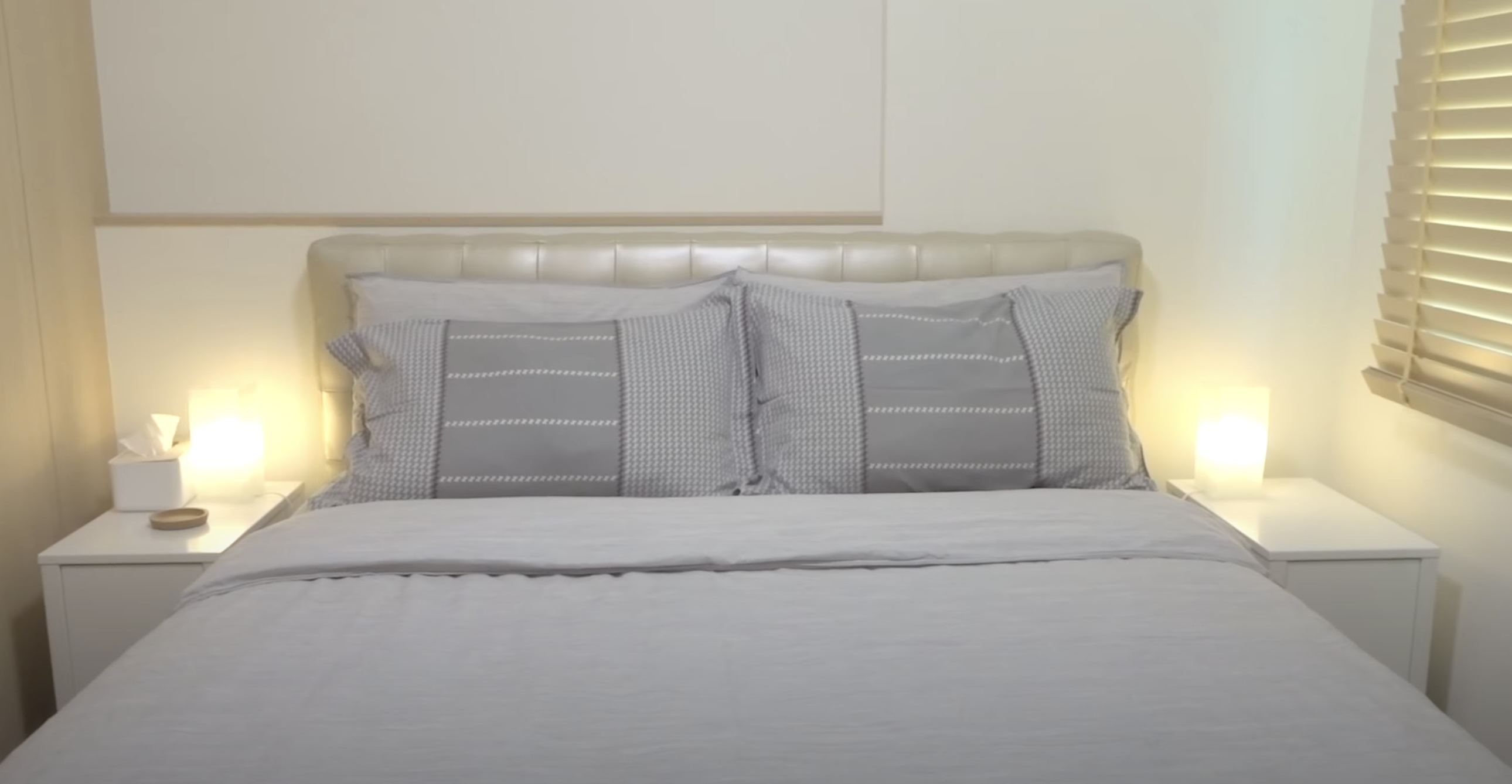

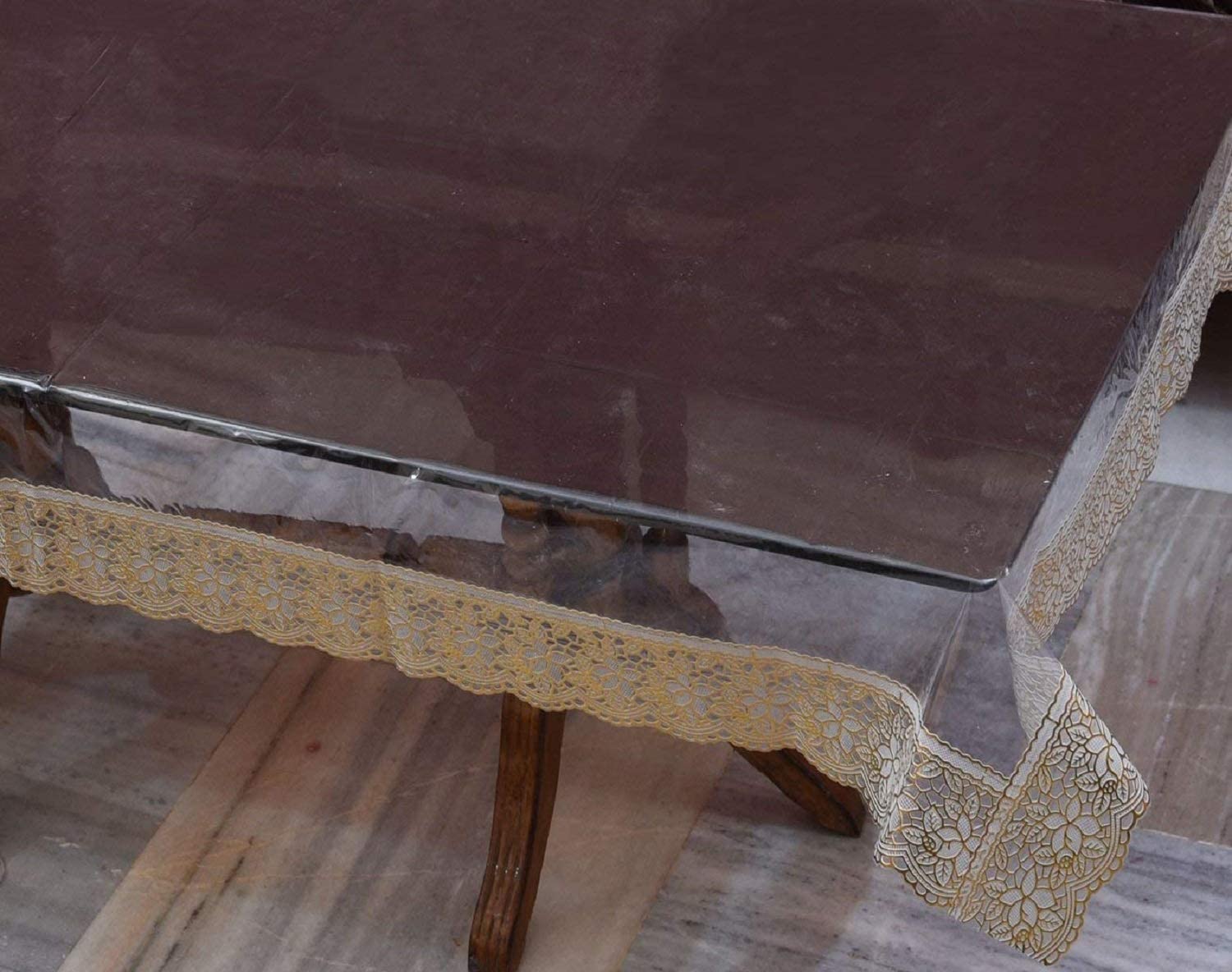


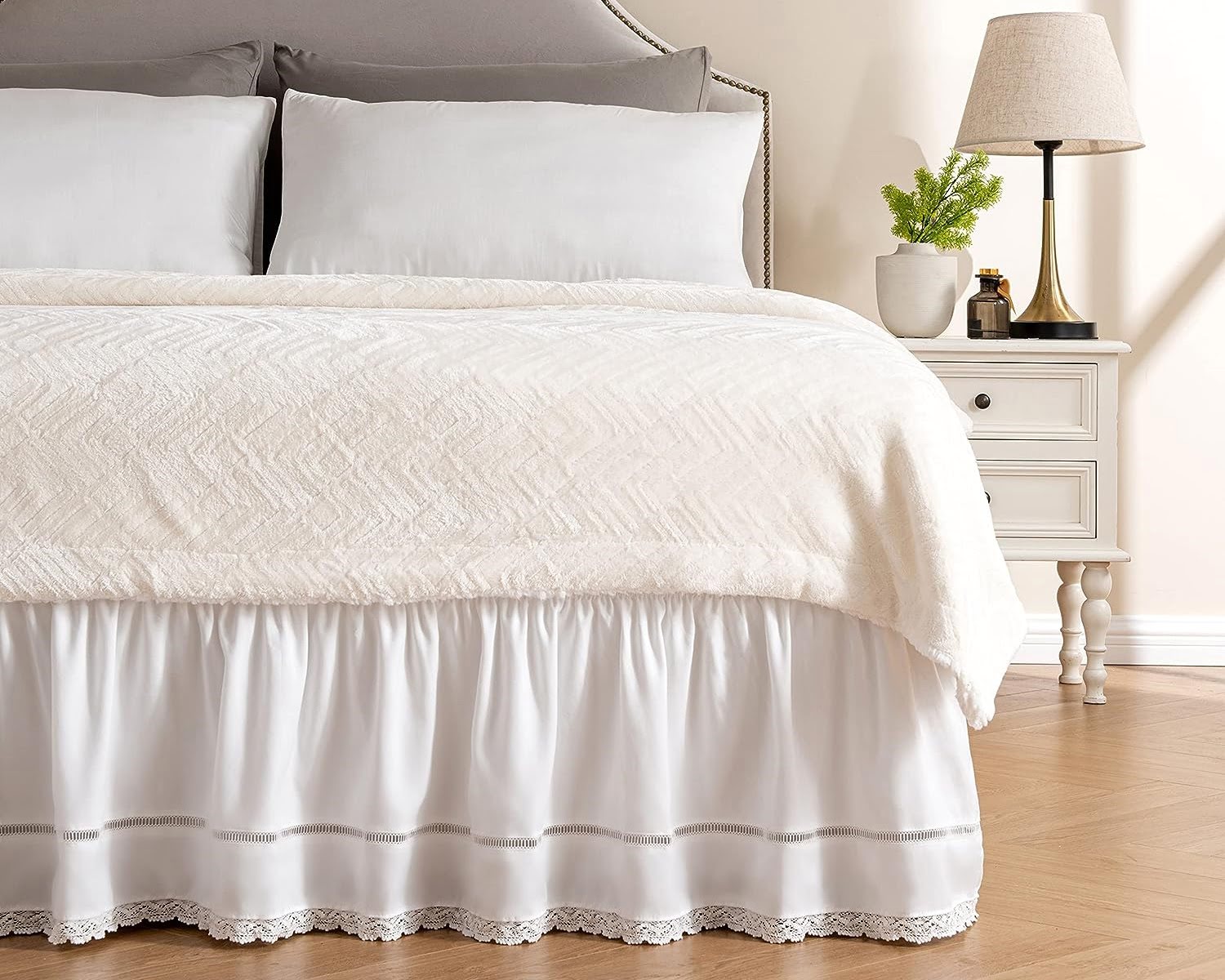
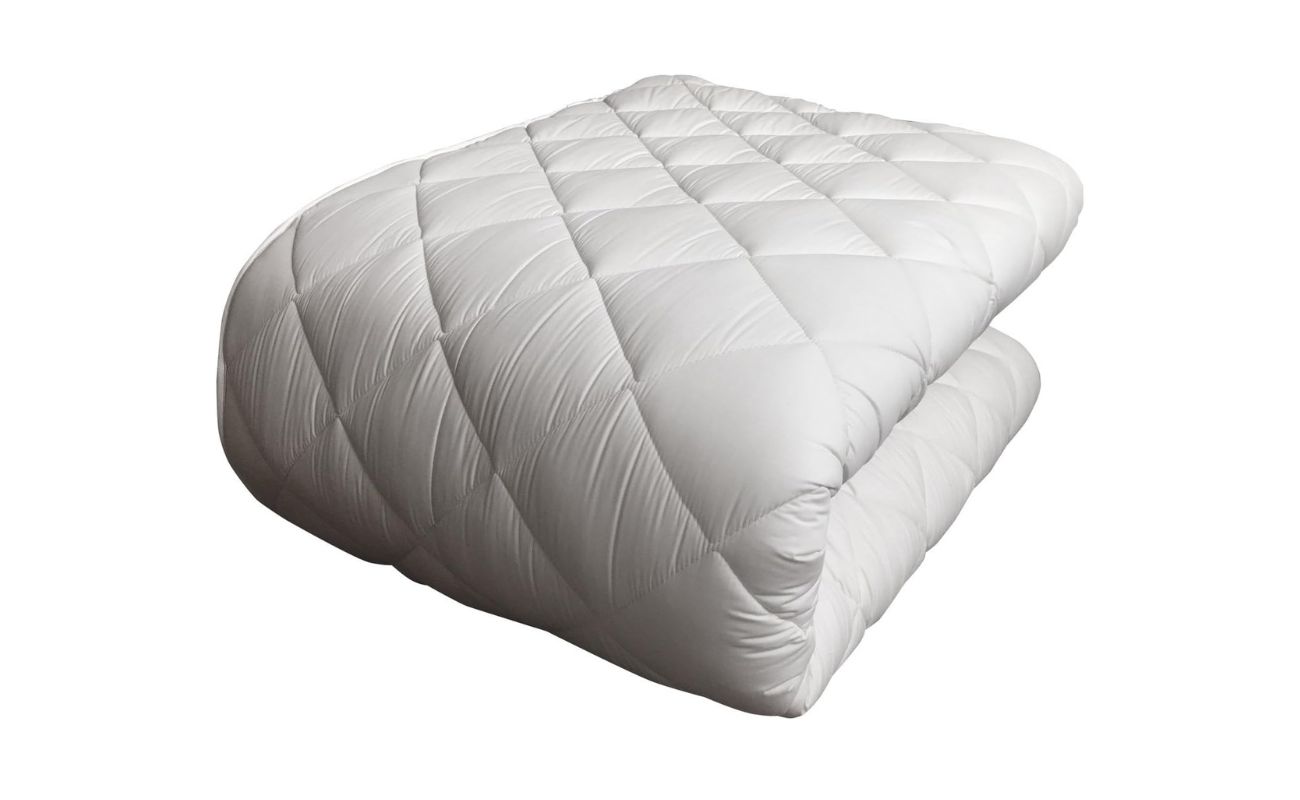
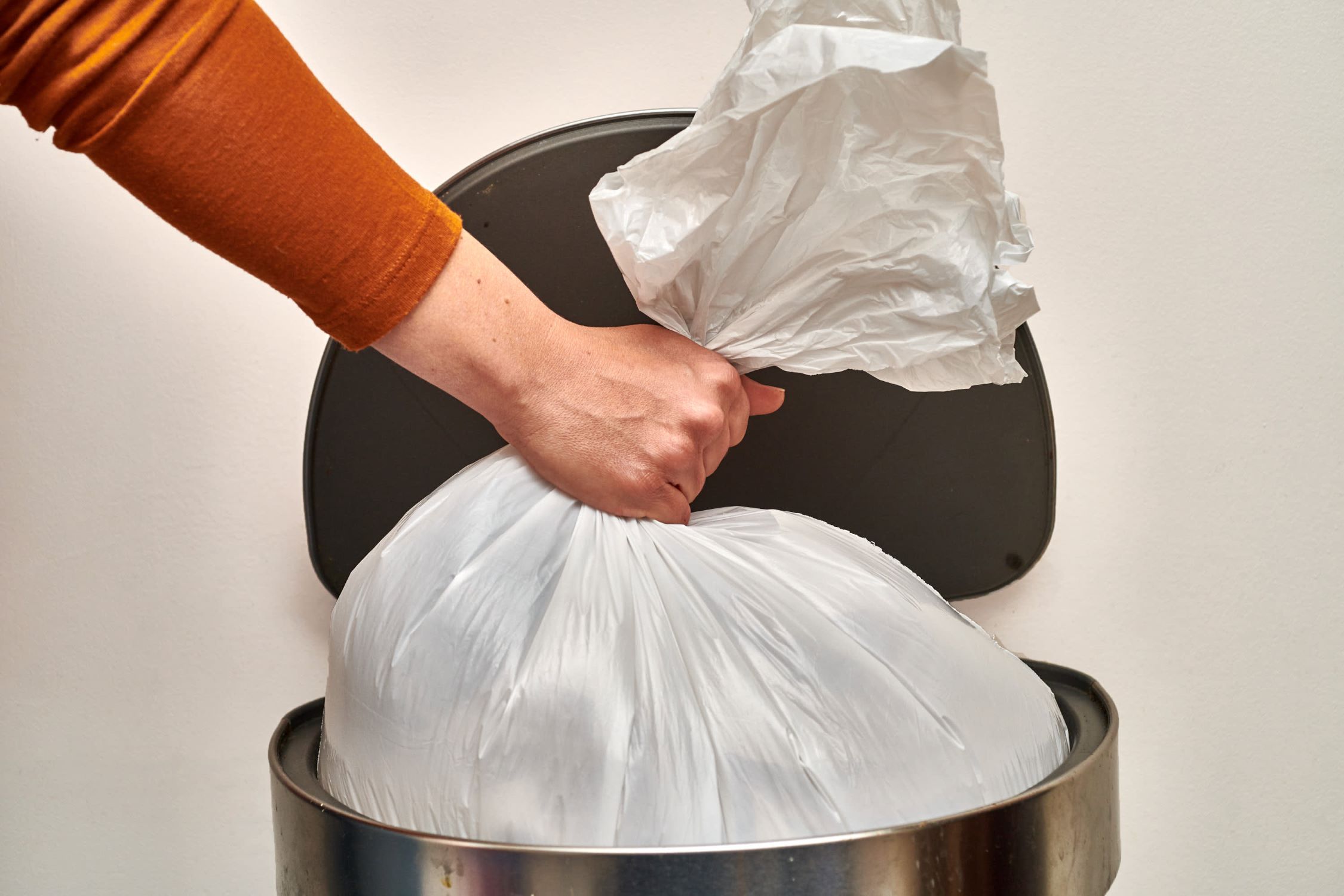
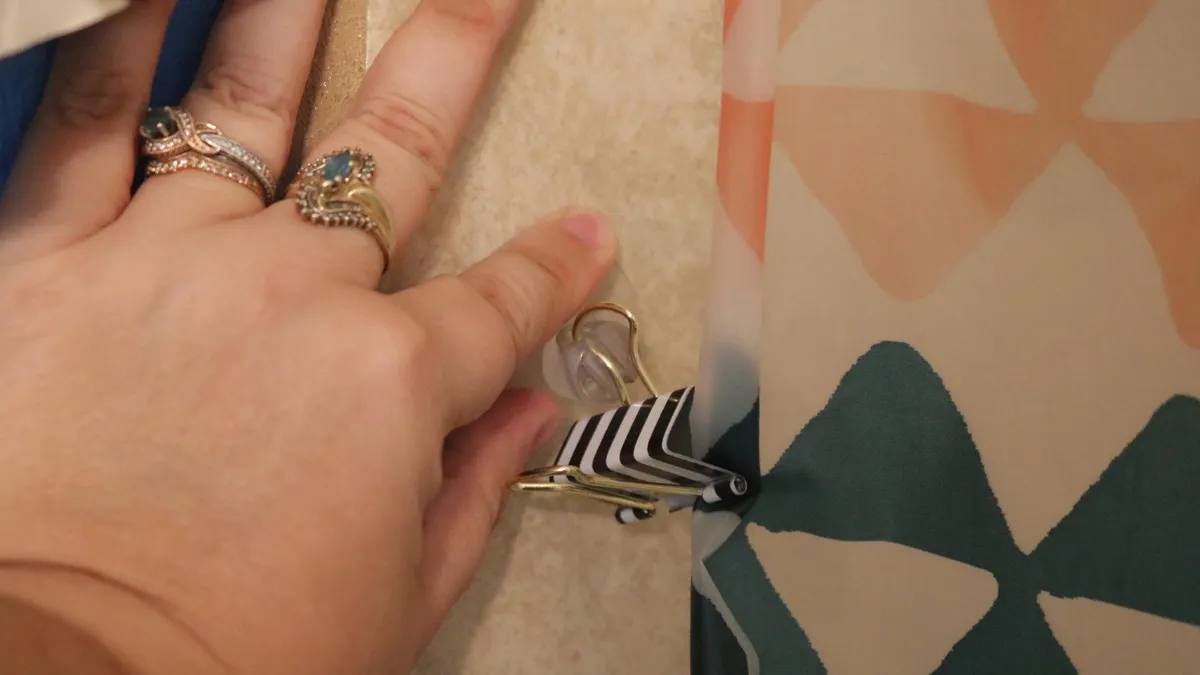


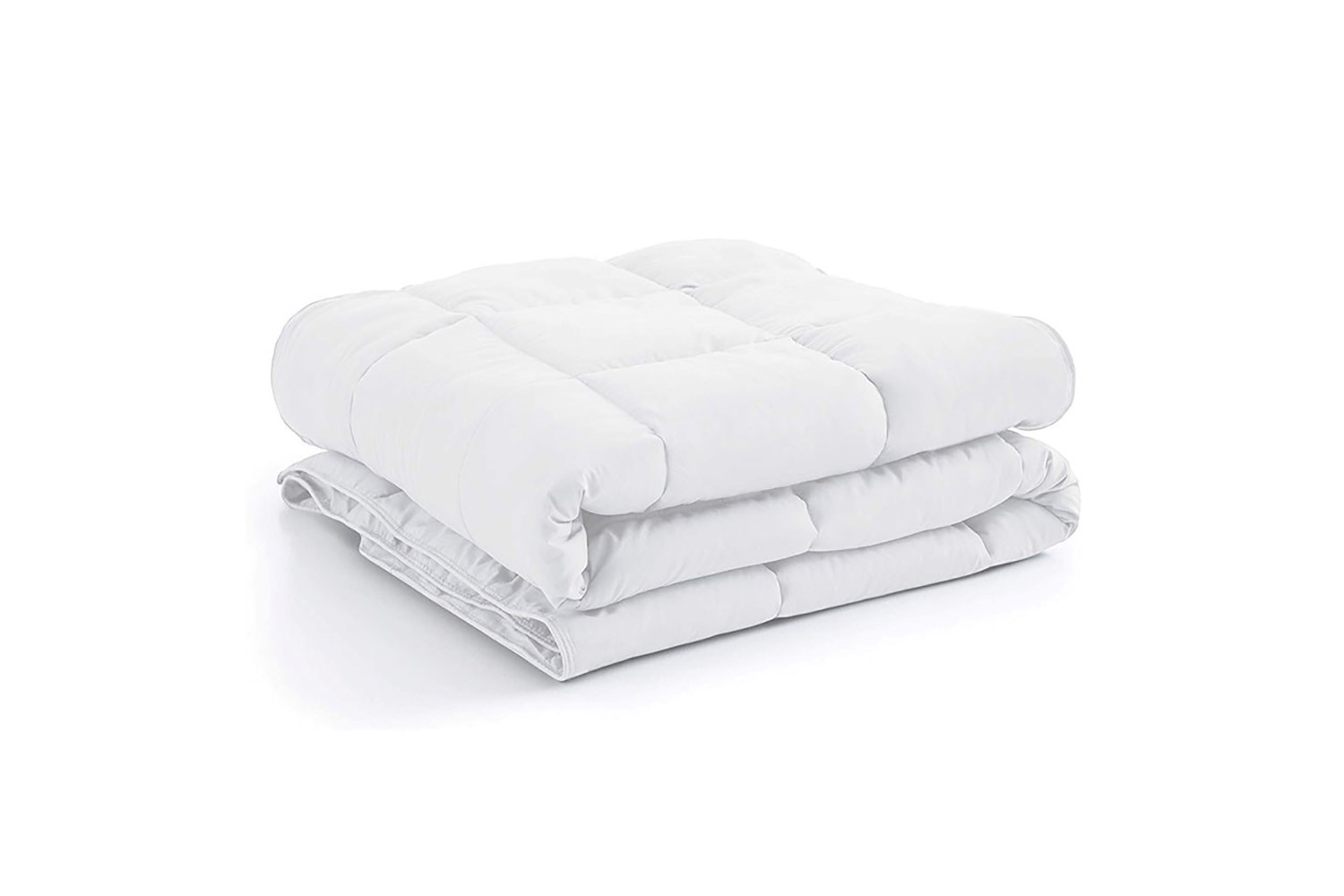
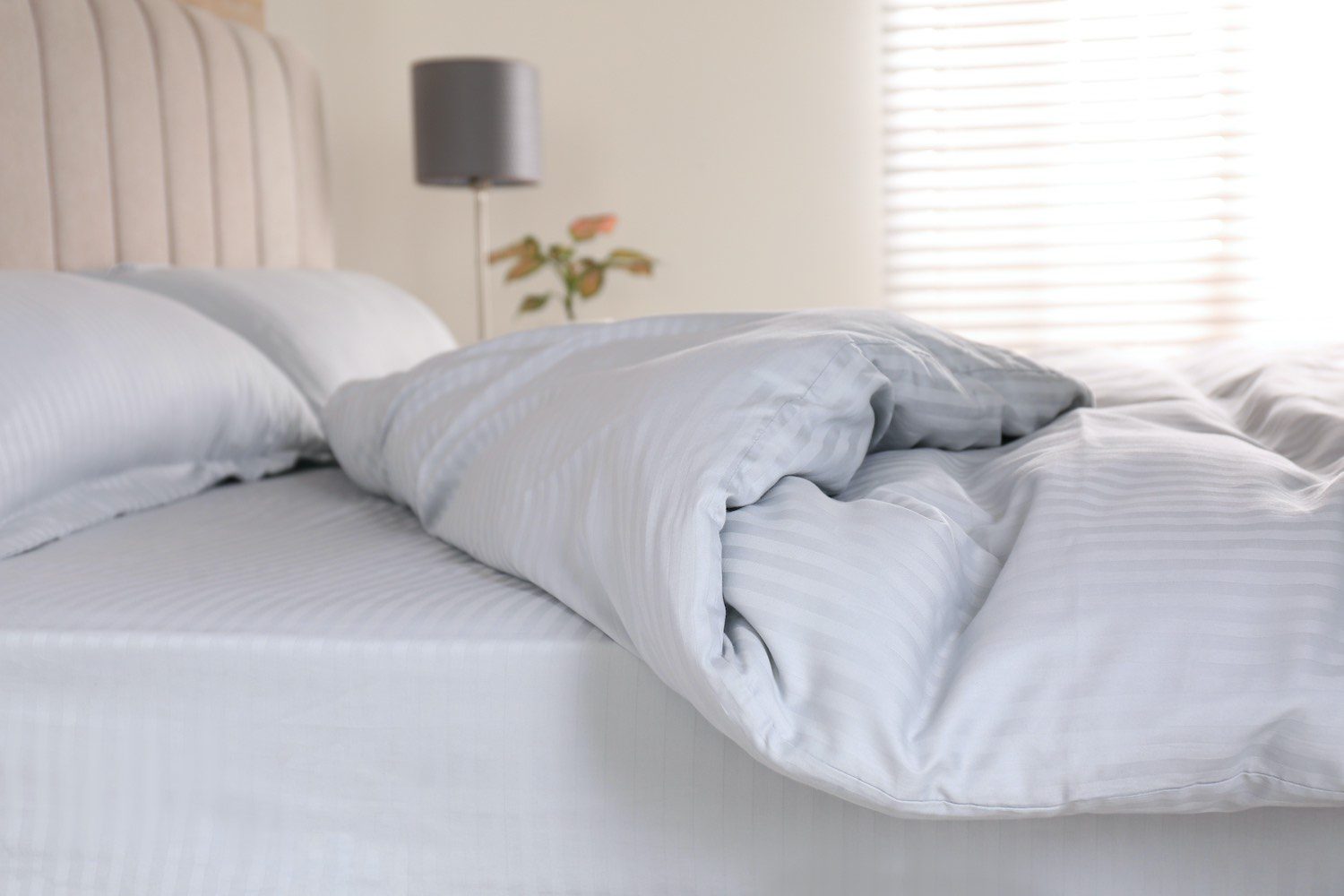

0 thoughts on “How To Keep A Duvet In Place”